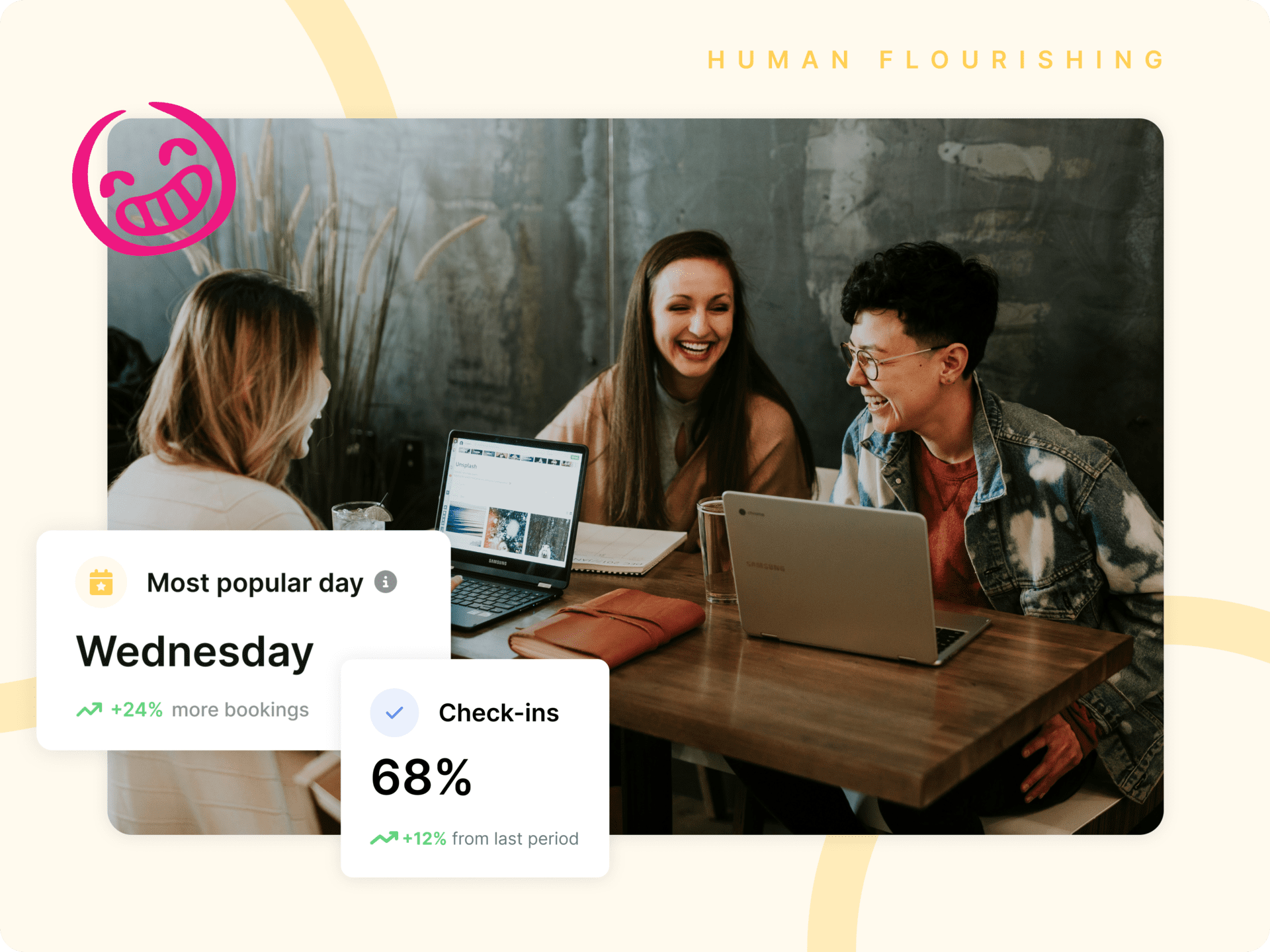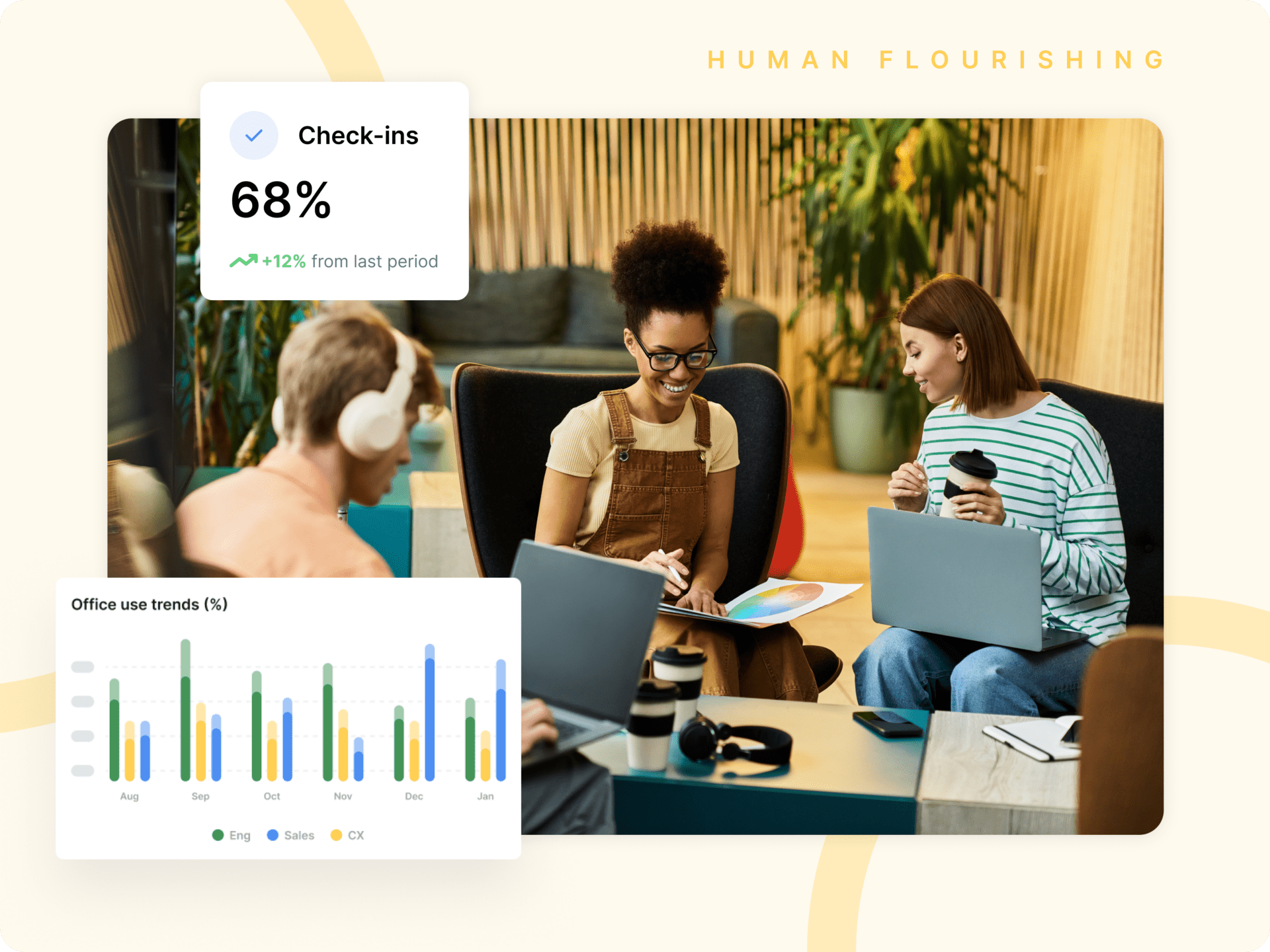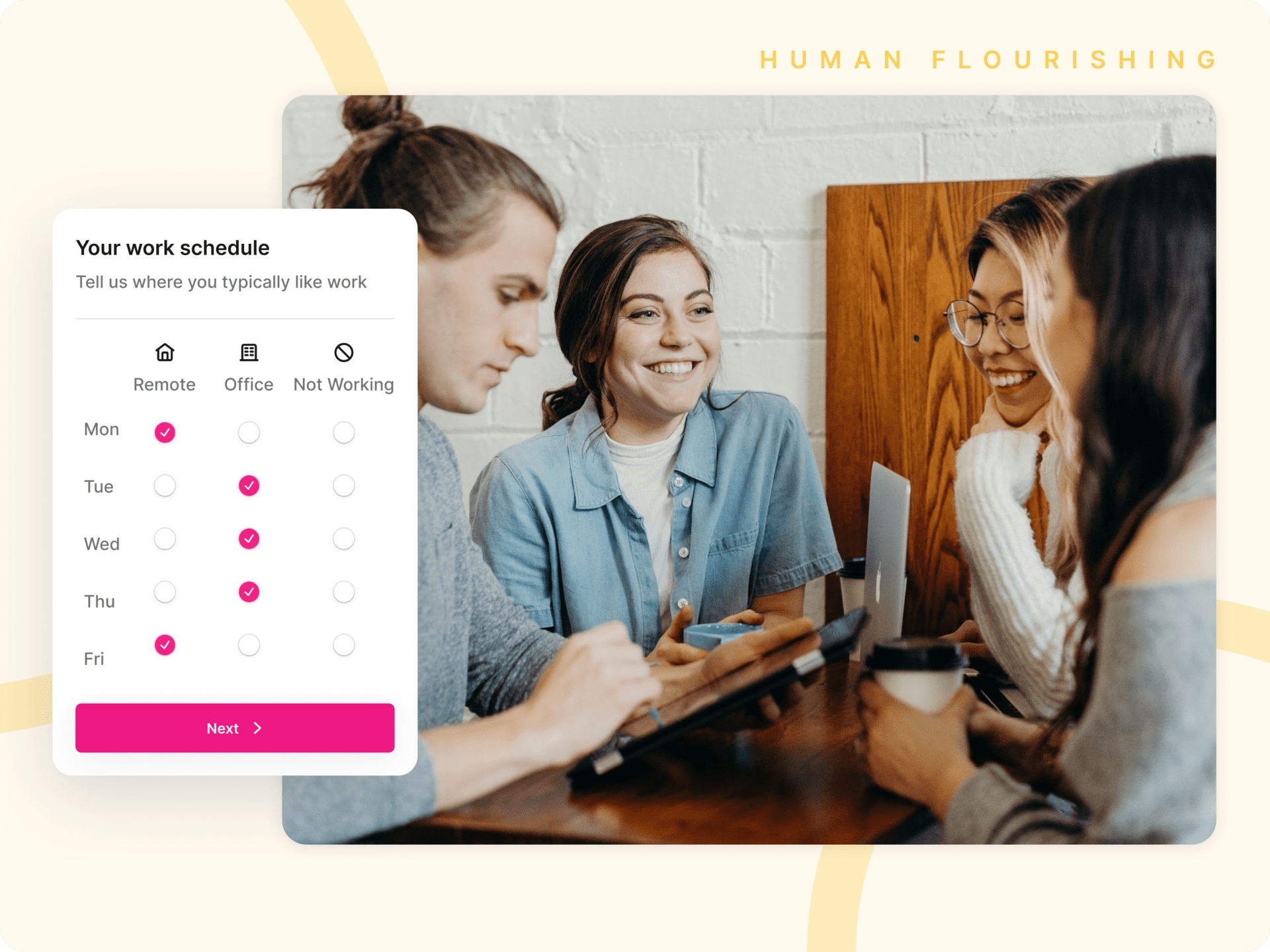As we step into a future where the lines between our professional and personal lives are increasingly blurred. The need for smarter, more flexible workspaces has never been more apparent.
The public sector, traditionally seen as a bastion of the ‘old ways’ of working, is now at the forefront of this transformation.
I recently sat down with Andy Lake, a leading figure in the world of flexible and smart working, to discuss how the public sector can evolve to not just keep pace with the private sector, but lead by example in creating dynamic, inclusive, and effective work environments.
The evolution of work
The journey towards smart workplaces isn’t just about adopting new technologies or policies — it’s about fundamentally rethinking the relationship between our work and our lives.
For too long, the rigidity of the 9-to-5, office-bound work model constrained the potential of our institutions to innovate and adapt.
Now that the private sector is swiftly moving towards a system that’s less about where you spend your time and more about how you spend your time — our public institutions are in the unique position of being able to follow a blueprint being laid out for them.
By embracing smart flexibility, the public sector can become an environment that adapts to the needs of its most valuable asset: its people.
Smart flexibility goes beyond the option to work from home on a Friday or to start the day an hour early. It’s about creating a culture where flexibility is woven into the very fabric of how an organization operates. A framework of trust between employer and employee based on the understanding that it’s more than possible to be in control of a flexible work schedule.
The challenge for the public sector
The public sector faces unique challenges in this transformation. From local government offices to national healthcare services, the range of functions and responsibilities is vast.
But these challenges also present unique opportunities. By adopting a holistic approach to smart working, public institutions can set new standards for workplace innovation, inclusivity, and agility.
So where should a public sector organization start its journey towards becoming a smart workplace? It begins with leadership.
Transformational change requires buy-in at all levels, from the executive team to frontline staff.
This means engaging in open dialogues about priorities, challenges, and aspirations, and developing a shared vision for the future of work within the organization.
At the heart of smart flexibility is the empowerment of teams and individuals to work in ways that best suit their roles, tasks, and personal circumstances. This requires a shift in management style, from overseeing to facilitating, enabling employees to perform at their best, wherever and whenever that may be.
Technology as an enabler
Technology will play a crucial role in the evolution of the public sector and smart working.
Hybrid work platforms like Kadence offer public sector organizations the tools they need to manage flexible work models, coordinate teams effectively, and ensure that their resources are utilized optimally.
They give employers and employees a platform to flourish in a coordinated hybrid system, where everyone is aligned on the where and when of work.
With features that help managers set up regular team meetings in the office, notify employees when their colleagues have booked a room or desk, and high-level statistics on office occupancy and usage, a hybrid operating platform is a must for any institution looking to become more flexible.
When the right technology comes accompanied by a commitment to training, support, and continuous improvement — the sky is the limit for the public sector.
Looking ahead
As we move beyond the pandemic and into an era of rapid societal and technological change, the public sector has an opportunity to lead by example in creating work environments that are not only more flexible and efficient — but also more human.
By embracing the principles of smart flexibility, public institutions cannot only improve their operational effectiveness but also enhance the well-being of their employees and the communities they serve.
Transforming deep rooted work systems is not just a response to the challenges of the present, but a commitment to a more adaptable, resilient, and inclusive way of working.
The key? Communication, openness, and commitment to a better future for all of us.




